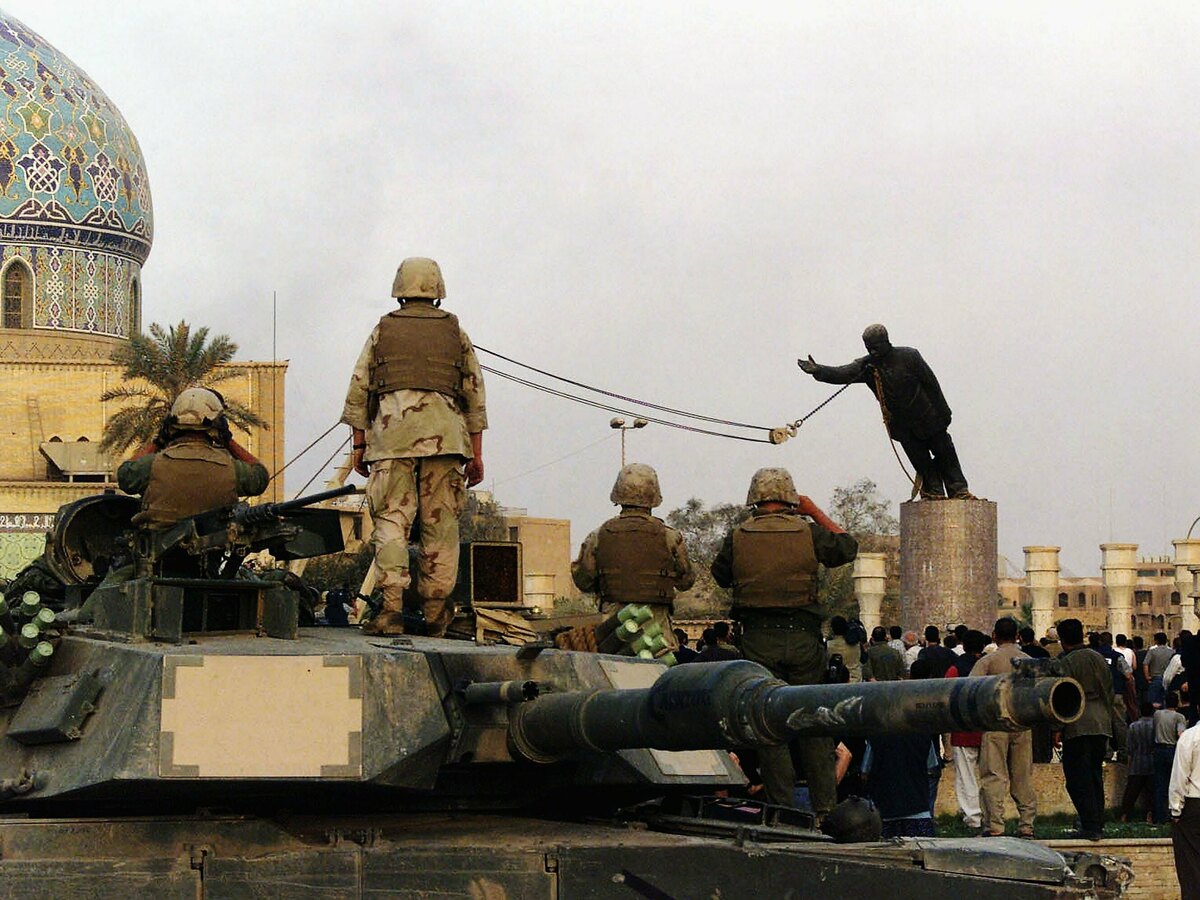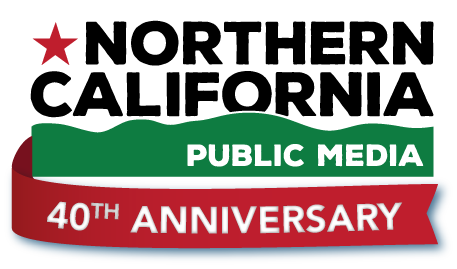
U.S Marines and Iraqis are seen on April 9, 2003 as the statue of Iraqi dictator Saddam Hussein is toppled at al-Fardous square in Baghdad, Iraq. Wathiq Khuzaie/Getty Images hide caption

U.S Marines and Iraqis are seen on April 9, 2003 as the statue of Iraqi dictator Saddam Hussein is toppled at al-Fardous square in Baghdad, Iraq.
Wathiq Khuzaie/Getty ImagesOn March 20, 2003, the United States launched its invasion of Iraq. We recall how the war started, and the trauma it left behind.
NPR's Eric Westervelt was embedded with the U.S. Army's Third Infantry Division as it pushed north from Kuwait. He describes what he saw in the first days of the war.
We also hear reporting from NPR's Ruth Sherlock, who spoke to young Iraqis who grew up in the years since the invasion and are still trying to realize a better future for their country.
Email us at
This episode was produced by Connor Donevan, Barry Gordemer, Danny Hajek, Jack Mitchell and Tyler Bartlam. It was edited by Jacob Conrad, Larry Kaplow and William Troop. Our executive producer is Sami Yenigun.

 Live Radio
Live Radio